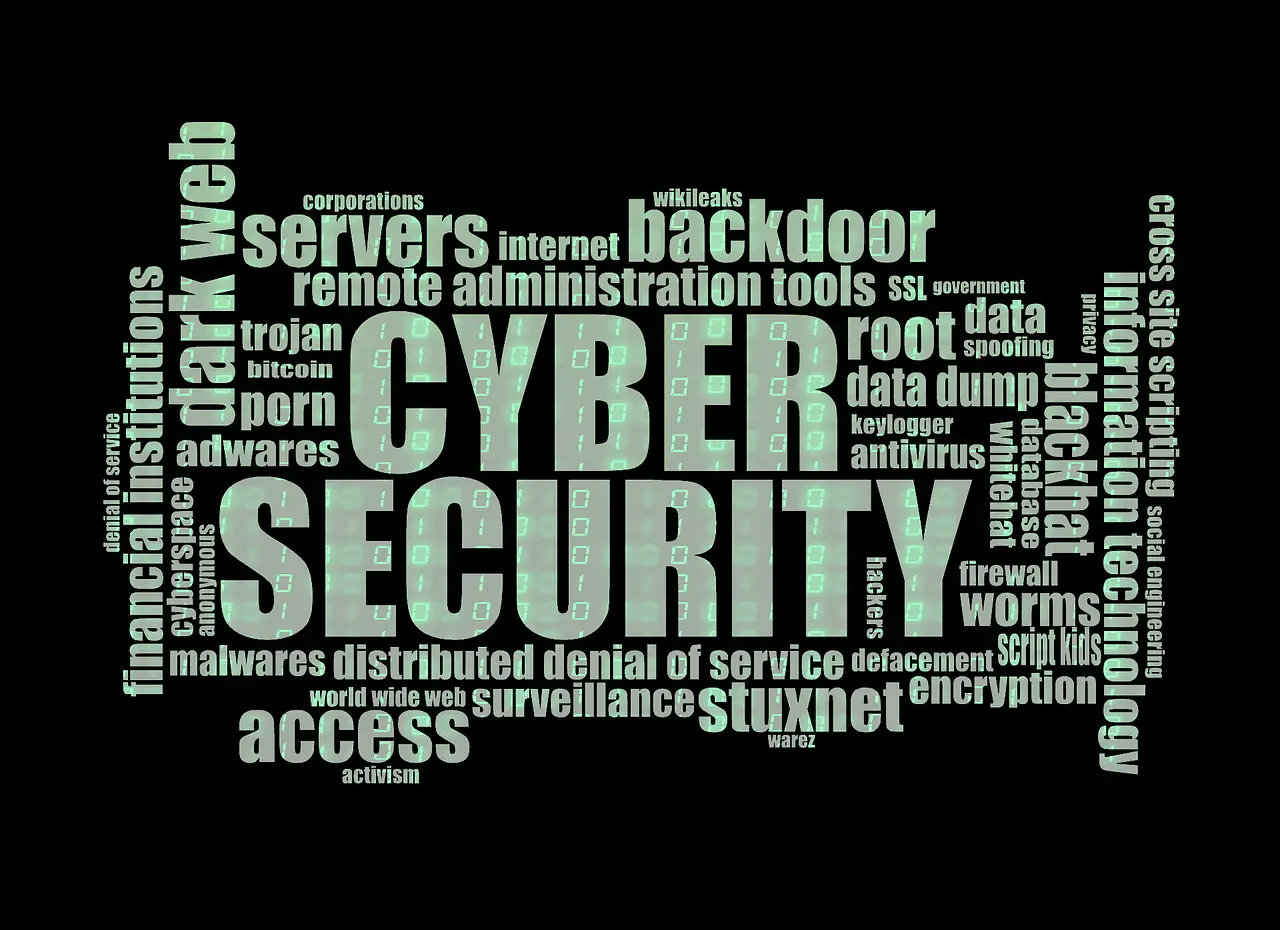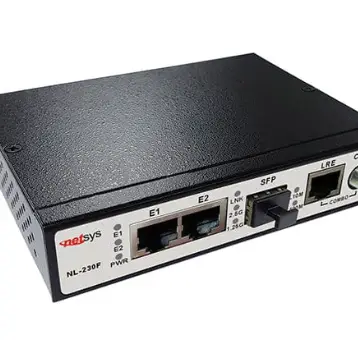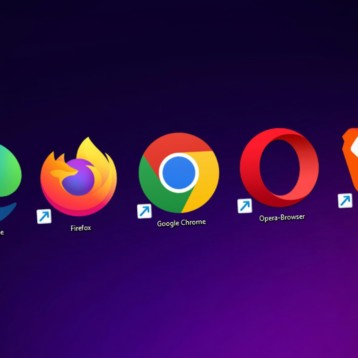
Today’s business world is unthinkable without technological innovations. But besides providing many opportunities for companies to grow and develop, technology also brings various downsides. Cybercrime, most notably, is one of the serious security threats that has been enabled and keeps C-level executives awake at night.
Of course, new technologies have also made better cybersecurity possible, helping businesses to protect their data and systems with a variety of products that include antiviruses, firewalls, and threat intelligence platforms.
The bad news is that cyber security solutions have their limitations too. For instance, various social engineering tactics hackers rely on to manipulate employees still cannot be tackled by software alone. So the question is, what’s the role of cyber-tech and people in the process? Could one ever exist without the other to detect and stop cyber attacks? What are the synergies between the two? We look at these questions in this article.
Tech-Powered Cybersecurity
Of course, organizations recognize the importance of cyber-tech not just for asset protection but as well in the light of the latest regulatory requirements. IDC reports an increase of 10,2% in spending worldwide on cybersecurity solutions since 2017, forecasting it to reach $91,4 billion in 2018. So how do these products enhance business security operations?
Automation
Time is money. Recruiting IT specialists is expensive too — making automation one of the biggest perks of technology. What’s more, thousands of attacks nowadays are carried out by bots, making it impossible to monitor and combat threats manually. Security software empowers streamlined processes without increasing the number of IT professionals, saving precious time.
Threat detection and prevention
Sensitive data and organizational systems are continually under siege, and security solutions help detect and prevent malicious attempts before irreversible damage is done. For example, a combination of intrusion detection and intrusion protection systems allow spotting malware, spyware, worms, viruses, and more for timely actions.
Uninterrupted operations
Cybersecurity applications help to avoid machine downtime and productivity drops. Among other things, they make it safer for employees to work online and execute their daily tasks with firewalls and encryption capabilities to safeguard trade secrets and sensitive personally identifiable information.
Human-Oriented Cybersecurity
While cybersecurity software seems to contain all the features necessary to prevent and fight threats, we still hear about data loss and successful hacking attacks. Why is that? As it turned out, mistakes caused by individuals are the cause of many breaches, and applications can do little when they are not created with human imperfections in mind. So how can your security efforts become more human-oriented?
Accountability for everyone
Cybersecurity should not just be the job of IT specialists. All employees and executives must understand why cybersecurity is important and how each and everyone in the organization can help. For instance, as part of a decentralized security strategy, staff across the company should monitor and report suspicious activities as they occur.
Education and training
Of course, staff members must also know what they are up against. That is why conducting regular training sessions and seminars and giving access to security awareness modules that explain the most common threats and human errors that must be avoided — accidental emailing and leaving devices unlocked, for example — is essential.
Collaboration with third parties
Malicious outsiders are always looking for creative approaches to disrupt business operations and steal data, and one way to do this is by targeting suppliers. But there’s more. Third parties may also commit mistakes that expose their clients. So for comprehensive cybersecurity, close collaboration with external partners including implementing cross-organization security best practices is a must.
Businesses cannot survive without their tech stack, but they are likely to suffer data breaches anyway if they don’t bear people in mind. The approach to safer business environments is to combine tech-powered and human-driven cybersecurity.







![10 Top Game Sites Not Blocked By School [2024 Updated]](https://thefutureofthings.com/wp-content/uploads/2024/10/image-25-358x358.png)


